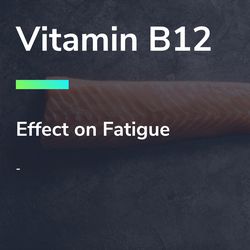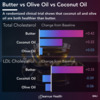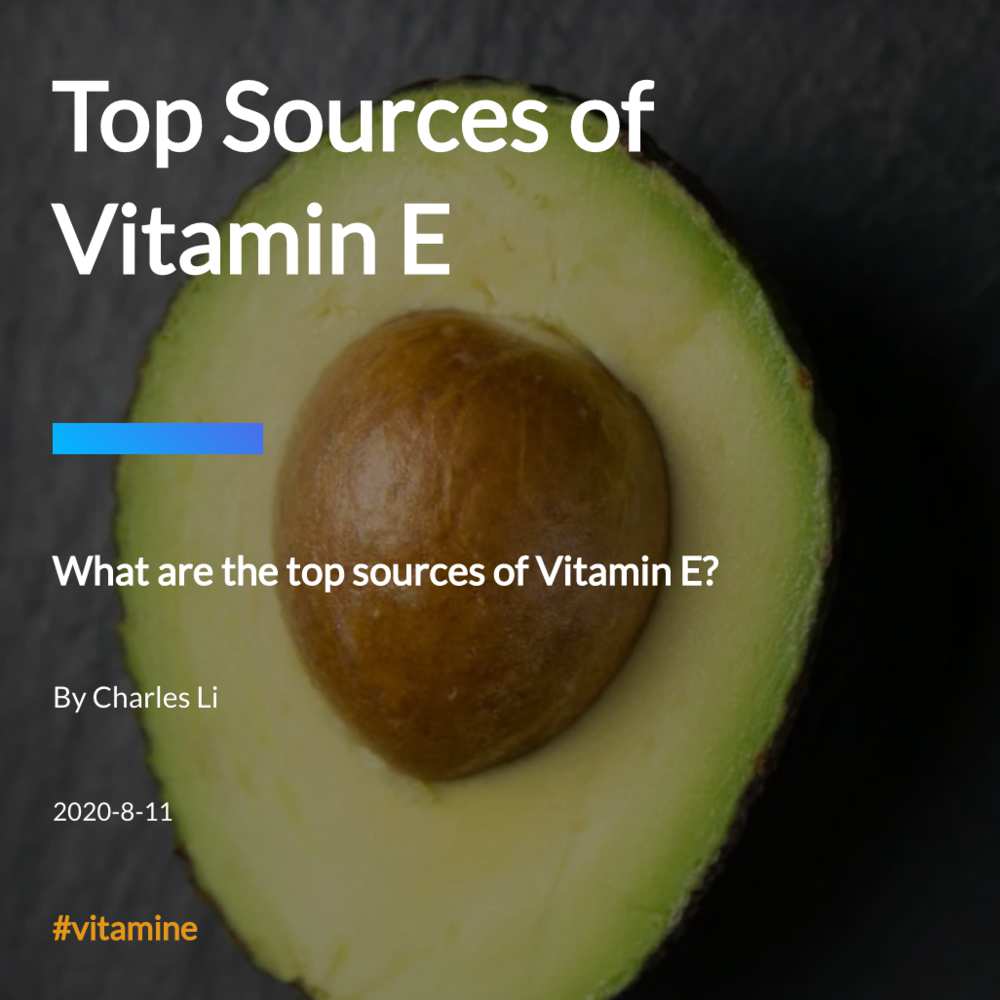
Top Sources

Nuts and Seeds for Vitamin E
Vitamin E is a fat-soluble vitamin. Unlike Vitamin C, which is water-soluble, it's dissolved in oils. Therefore, nuts and seeds tend to be some of the best sources of Vitamin E with their higher fat content.
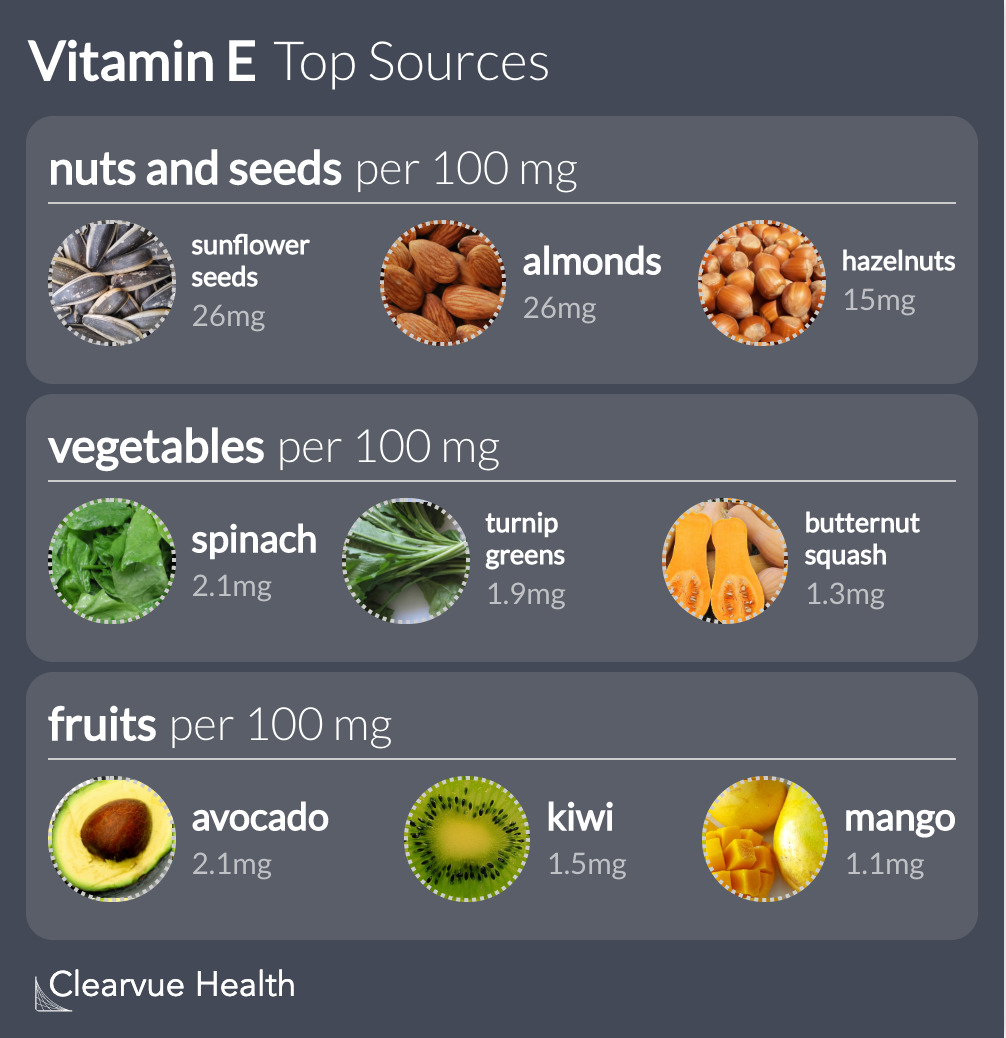
We list the top types of food to eat when it comes to Vitamin E. Nuts and seeds offer the most Vitamin E. Certain vegetables, such as Spinach, and fruits, such as avocado, can be great sources as well.
Background
The Basics
Key Facts
Key Facts
- TypeFat Soluble
- Other Namesα-tocopherol
- SourcesDiet, Liver
Appearance

Uses:

Antioxidant

Inflammation

Immunity

Amount per day
15mg
Source: Institute of Medicine

Types of Foods
Nuts & Seeds
Sunflower seeds, wheat germ, and almonds

Deficiency
Rare in healthy individuals

Top 5 Oils

Oils for Vitamin E
Oils have gotten a bad rap over the years, but science is beginning to show that they aren't all bad for you. For one thing, they are some of the best sources of Vitamin E, a fat-soluble vitamin.
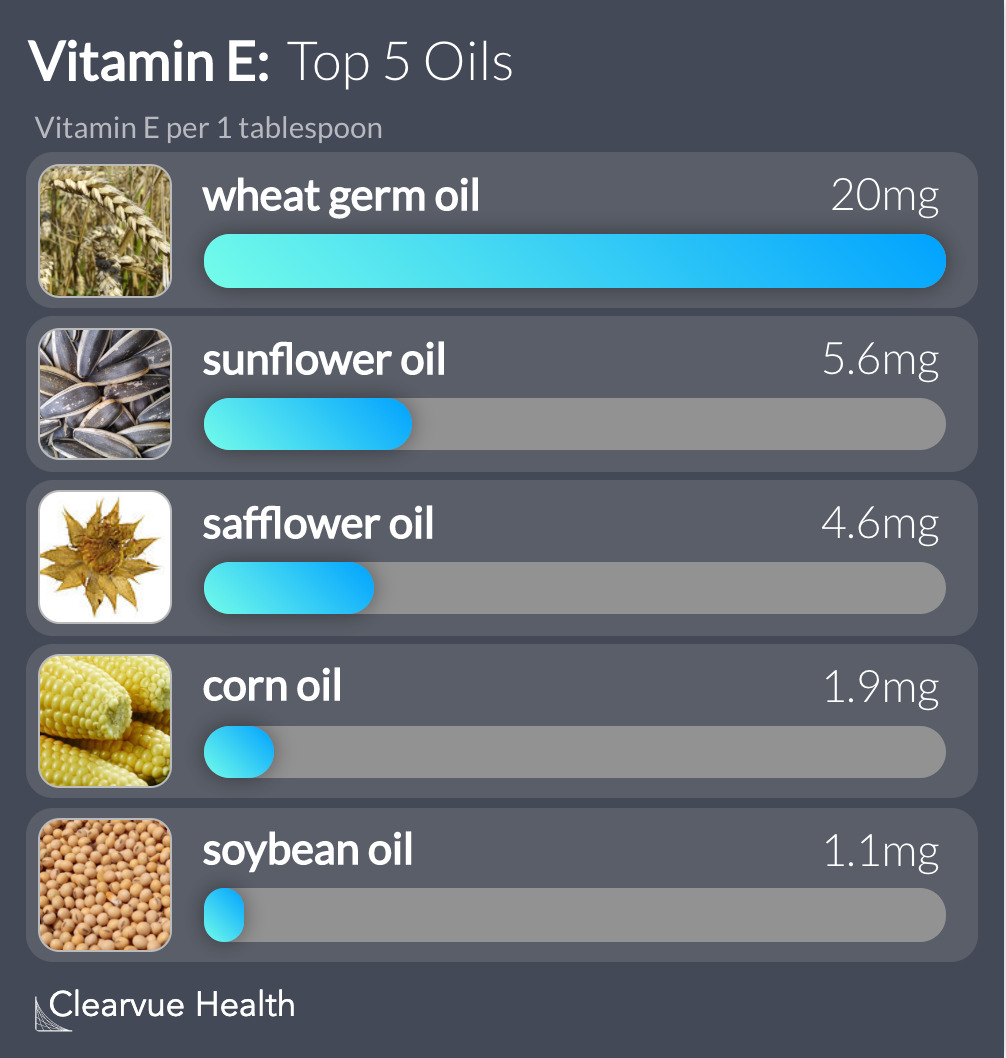
Cooking oil can be a great source of Vitamin E. Wheat germ oil is by far the best type of oil analyzed by the NIH with 20mg per tablespoon. Sunflower oil and safflower oil are a good second and third. The data here was obtained from the Office of Dietary Supplements, a part of the NIH.
Top 5 Nuts & Seeds
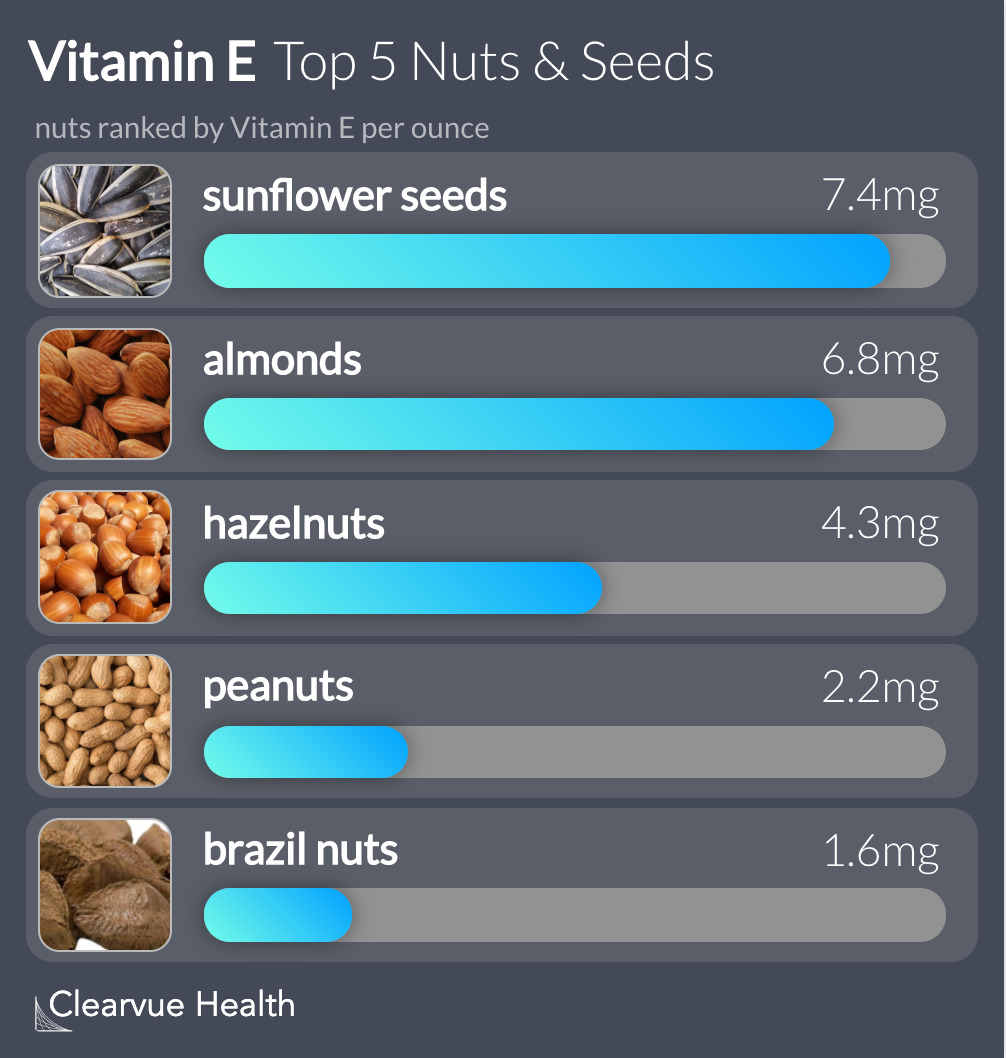
Top 5 Fruits & Veggies
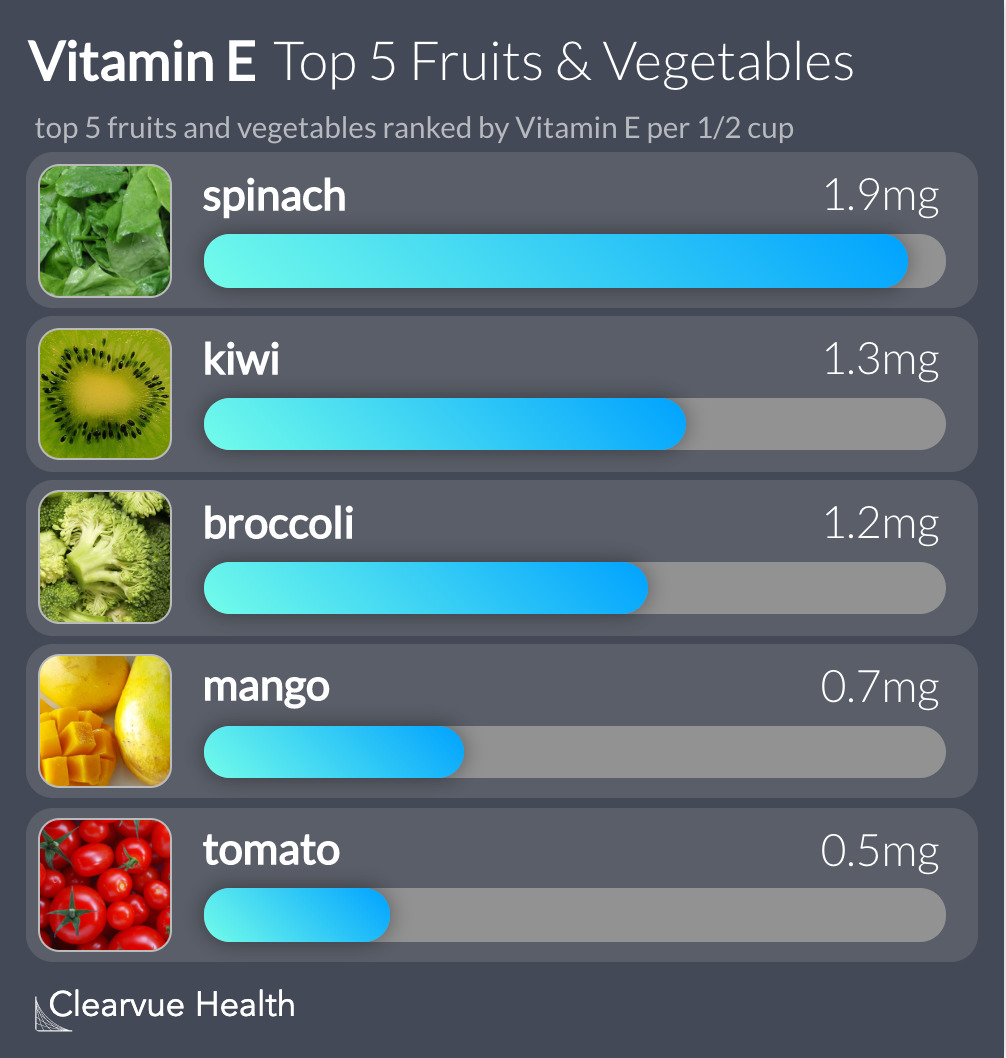
We rank the top 5 commonly eaten fruits and vegetables for Vitamin E content. Spinach and kiwis have the most Vitamin E among commonly eaten fruits and vegetables. This data was obtained from the Office of Dietary Supplements, part of the NIH.
Top Benefits
Vitamin E Benefit #1
Key Facts
Examples

How they work
Antioxidants prevent cell damage by counteracting free radicals.

Effect on Disease
Research on Antioxidants and disease prevention has shown mixed results.
Common Sources

Chocolate

Berries & Fruit

Coffee

beta-carotene
Your body makes vitamin A with beta-carotene, commonly found in carrots.

Vitamin C
Found in all sorts of fruits, Vitamin C is a very commonly consumed antioxidant.
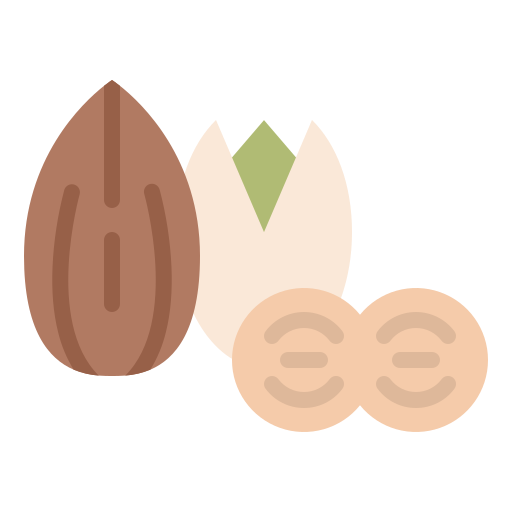
Vitamin E
Vitamin E can be found in nuts and seeds.

Vitamin E Benefit #2
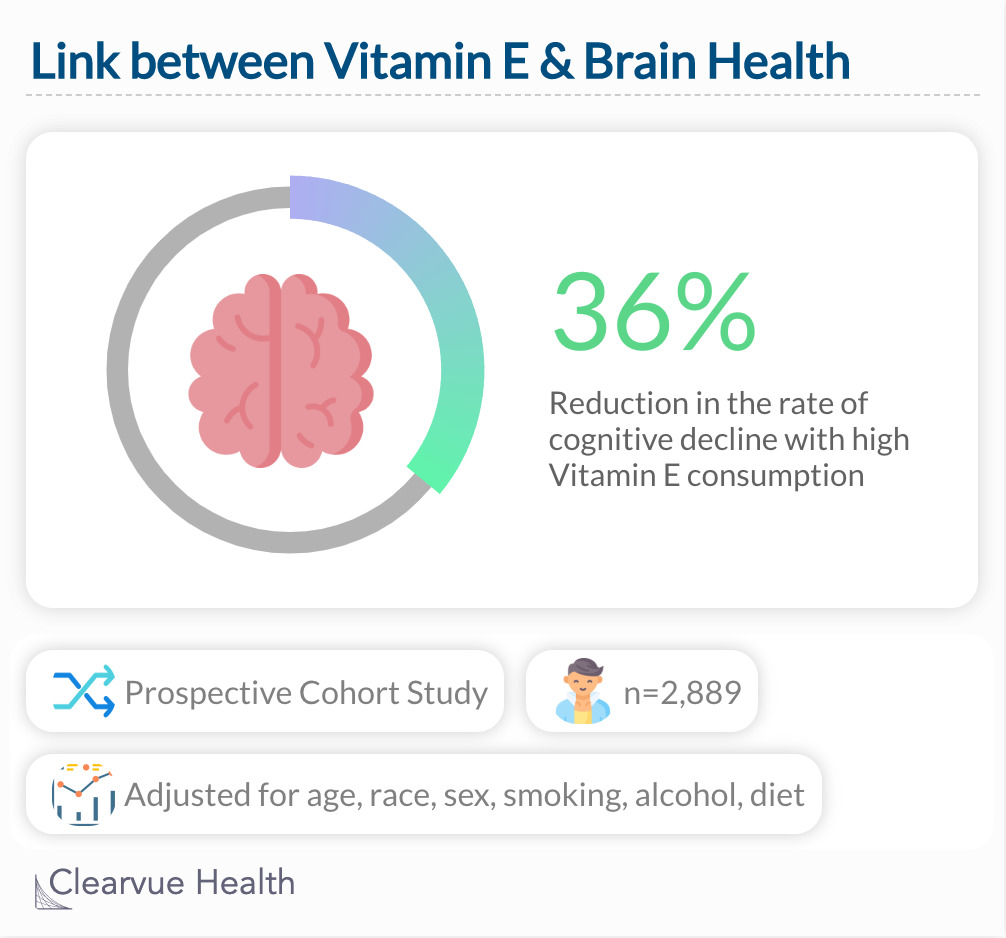
A study looking at the dietary habits of 2,889 individuals found that those who had a lot of Vitamin E in their diet had a lower rate of cognitive decline compared to those who did not.
Vitamin E Benefit #3
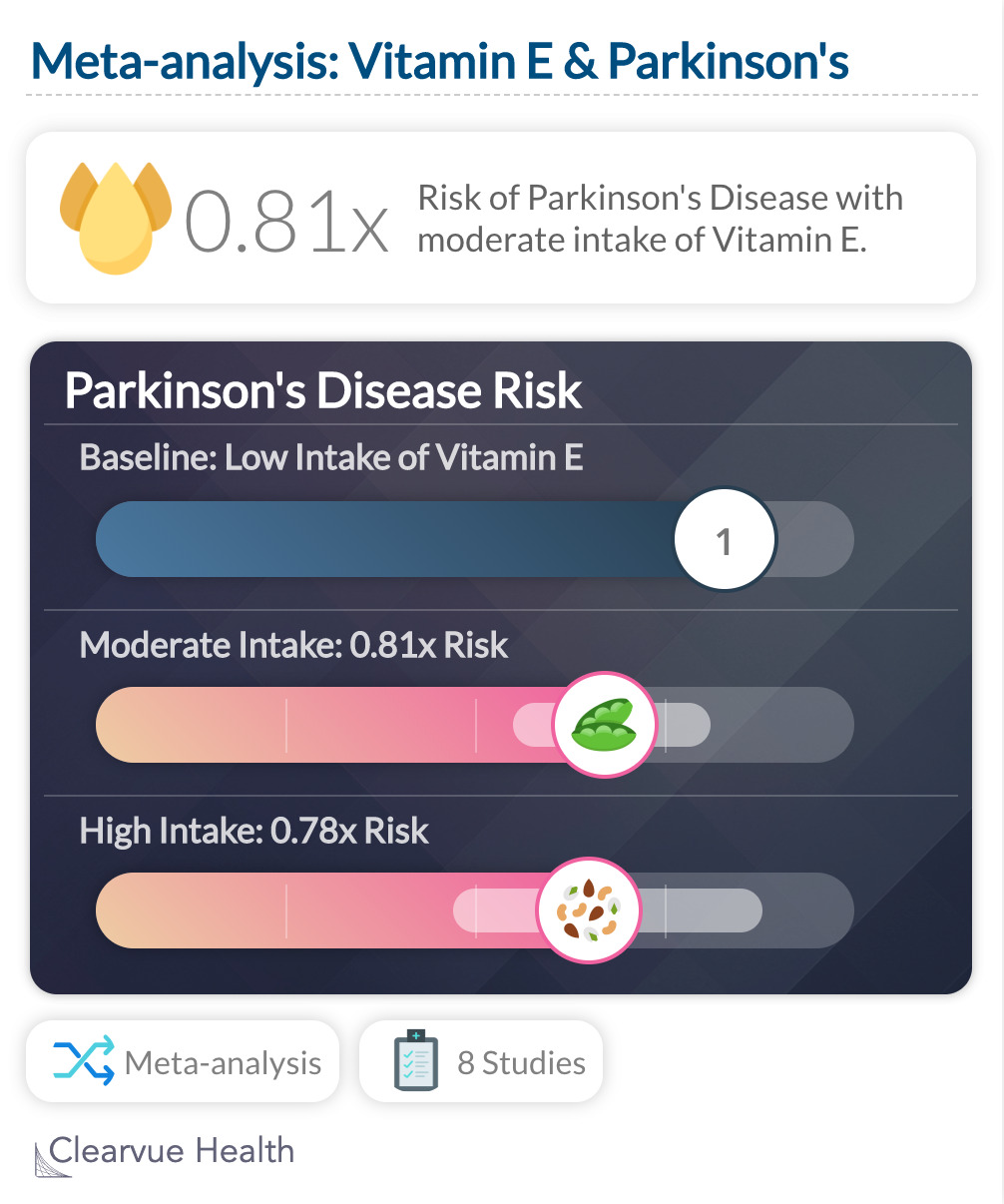
A meta-analysis found that those who ate lots of Vitamin E also had a lower risk of Parkinson's Disease. This was found for both moderate intake, "relative risk 0·81, 95% CI 0·67–0·98", and high intake: 0·78, 0·57–1·06

#vitamine
Scroll for more ->
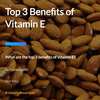




#new
Scroll for more ->
